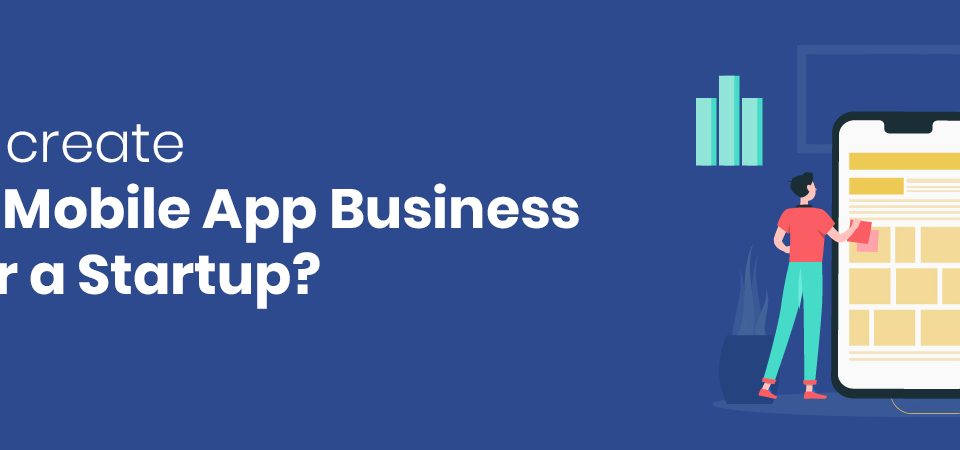
3
Are you a React Native app builder or a software development company? Then you should know the real merits or difference between Magento and WooCommerce when it comes to E-commerce development. This article covers everything from technical implications to support resources, execution, learning curve, and other prospects.
Measuring Success Rate
Magento
It was previously used by 1% of all CMS-powered domains. Out of the popular 956,369 websites which have used Magento, 192,784 are still working seamlessly. 65,018 websites have Magento domains which belong to the E-commerce stores in the US. From firearm dealers to fashion-industry giants, and luxury watch retailers, many E-commerce stores have used Magento.
WooCommerce
WooCommerce was used by more than 5% of the total websites with and without WordPress installs. Iran was the only country close to the US which was in the race of WooCommerce usage. Out of the total WooCommerce websites, only 2% were placed in the top 10,000 getting extremely high traffic.
Developer Cost
Magento
Because Magento started as a focal point for code-powered custom E-commerce frameworks, it does not support many features except the core codes. If you are facing other related problems, then you have to hire an expert React Native App Builder. Magento-powered websites that were expensive received 24/7 customer support but certain issues are only prevented by a professional expert.
WooCommerce
WooCommerce is an open-source framework that provides restricted text-based support. With the usage of WooCommerce websites, the customers can talk to the technical expert anytime. In the world of React Native app builders, WooCommerce was quite widespread because it was everywhere. Several rivals with huge talents are jumping to WordPress because not every WordPress coder turns out to be a WooCommerce developer.
The Underlying Benefits of Headless E-commerce
There are many decoupled E-commerce development frameworks allow quick access to the inventory items without using any type of CMS platform. This incredible idea was captured and used by many leading E-commerce/CMS frameworks and allowed Drupal Commerce to provide inventory-as-a-service using a dedicated API. Any React Native app builder or leading expert is getting hands-on experience in Magento and WooCommerce to build online stores.
Magento
Magento is super fast, highly-scalable, and flexible while using API-powered access to inventory listings. The Adobe owners also pushed Magento towards the enterprise-grade Progressive Web App (PWA) model of platform-agnostic transference.
WooCommerce
It provides a rest API endpoint to boost headless E-commerce in full execution as compared to Magento. WooCommerce has scratched the rewards of the WordPress roadmap merging it into the WP core. This is one of the leading benefits of using an E-commerce technology that sits over the wider global development effort.
What’s the Future?
Talking about the benefits of headless E-commerce platforms based on the integrations and content can be challenging. Both the giants WooCommerce and Magento are in the game of differentiating the heavily-coded bond between the delivery of inventory items and the steams of content. The best part about both Magento and WooCommerce is that they share a rock-solid vision for decoupled future where the use of API-backed sales listing can transform into platform-agnostic. Every React Native app builder is getting hands-on experience in Magento and WooCommerce to build scalable E-commerce stores.
If you are running an E-commerce store or wanted to start one from scratch, get in touch with ITSolution24x7, a leading company using Magento and WooCommerce for E-commerce development.



